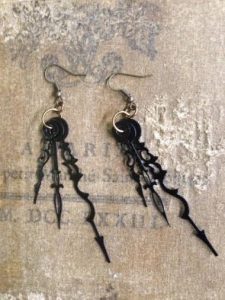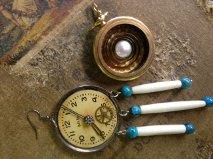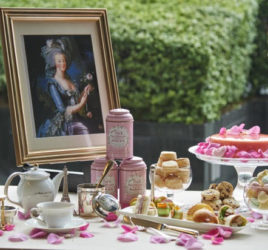Costume jewelry, A signature look
Adorning ourselves with jewelry is as old as mankind, with every variety of style, method and material. In ancient times jewelry production was spread across all of Mesopotamia – from Assyria to the Babylonian cities of Nineveh, Ur and Sumer. Materials not common to the area; jasper, onyx, lapis lazuli, sardonyx, agate and silver, were imported from Egypt and Persia (modern day Iran and Afghanistan). More rare raw materials such as ivory, carved carnelian beads and exotic hardwoods were imported from India.
Costume jewelry is usually dated from the 1930s, antique jewelry, most agree, predates the 1930s. In the 30s costume jewelry was considered inexpensive and disposable, not really meant to be handed down through generations. Cheap jewelry existed prior to the 1930s, paste or glass jewelry dates back into the 1700s. The affluent had their fine jewelry duplicated for various reasons, using paste or glass stones. By the mid 1800s jewelry was manufactured using semi-precious and base materials as well as gold, diamonds, emeralds and saphires. Jewelry from rolled gold was often set with semi-precious gems such as amethyst, coral or pearls, and was much more affordable. And then there was jewelry that most anyone could afford, consisting of glass stones and base metals made to look like gold.
By the 1930s rhinestones popularity was increasing in Europe. It was not available to Americans until the 1940s. As a result, many of the pieces from this period tend to feature lots of metal and a single stone or a small cluster of tiny rhinestones.
Today’s artisans create jewelry out of all sorts of materials, from sources and objects re-purposed. Stop in and take a look at the amazing variety of jewelry we have at the Cottage, you’ll enjoy all the different styles, and the charm in these lovely historical pieces!













